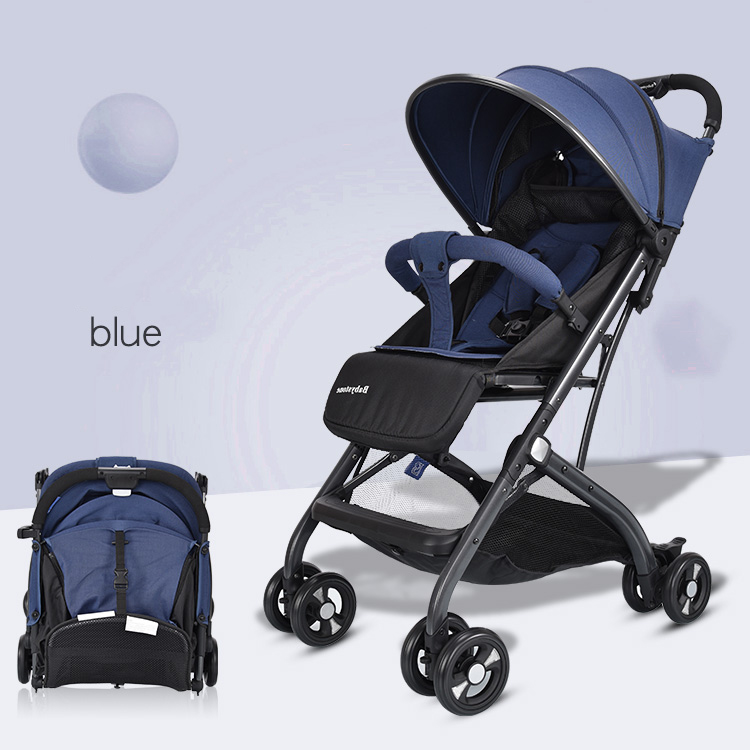Ensuring the Safety of Baby Walkers for Your Little One's Development
The Safety of Baby Walkers What Parents Need to Know
As parents, ensuring the safety of our little ones is paramount, especially when they begin to explore their surroundings. Baby walkers have been a popular choice for many parents wishing to help their babies gain mobility and independence. However, with this convenience comes a series of safety concerns that must be addressed.
The Safety of Baby Walkers What Parents Need to Know
One of the primary concerns about baby walkers is the potential for accidents. Babies in walkers can quickly accelerate, leading to falls down stairs or colliding with furniture, which can result in serious injuries. According to the American Academy of Pediatrics (AAP), thousands of injuries linked to walkers are reported annually, prompting the organization to recommend against their use altogether.
baby walkers safe

Moreover, walkers can encourage babies to reach dangerous areas they might not access otherwise. With the added mobility, toddlers can encounter sharp objects, hot surfaces, or even harmful substances that are typically out of reach. In this context, baby walkers may inadvertently foster an environment where children are more susceptible to accidents.
While some parents argue that walkers can strengthen leg muscles and increase confidence, alternatives such as push toys or stationary activity centers provide safer options. These alternatives allow children to develop their walking skills without the risks associated with a mobile walker. Health experts suggest that holding onto furniture or using supportive toys for balance can promote safe movement and walking without compromising safety.
If parents do choose to use a walker, it's crucial to follow safety guidelines. Always supervise your child while they are in the walker, eliminate potential hazards in the environment, and ensure that the walker is compliant with safety standards. Additionally, limit the use of walkers and consider transitioning to safer options as soon as your child shows signs of walking independently.
In conclusion, while baby walkers may seem like a convenient tool for helping babies learn to walk, the potential risks often outweigh the benefits. Prioritizing safety is essential; there are alternative methods to promote mobility in a much safer context. Parents should remain informed and take necessary precautions to cultivate a secure environment for their children as they embark on their walking journey.
-
Kids battery power car baby four-wheel off-road vehicle children electric toy carNewsMar.07,2025
-
New Hot Design Factory Wholesale Light Weight Small Folding Size Baby StrollerNewsMar.07,2025
-
2022 newest factory boys and girls powerful battery operated 4-wheel ride on electric carNewsMar.07,2025
-
2022 newest factory boys and girls powerful battery operated 4-wheel ride on electric carNewsMar.07,2025
-
Kids battery power car baby four-wheel off-road vehicle children electric toy carNewsMar.07,2025
-
toddler electric atvs manufacturerNewsMar.07,2025
